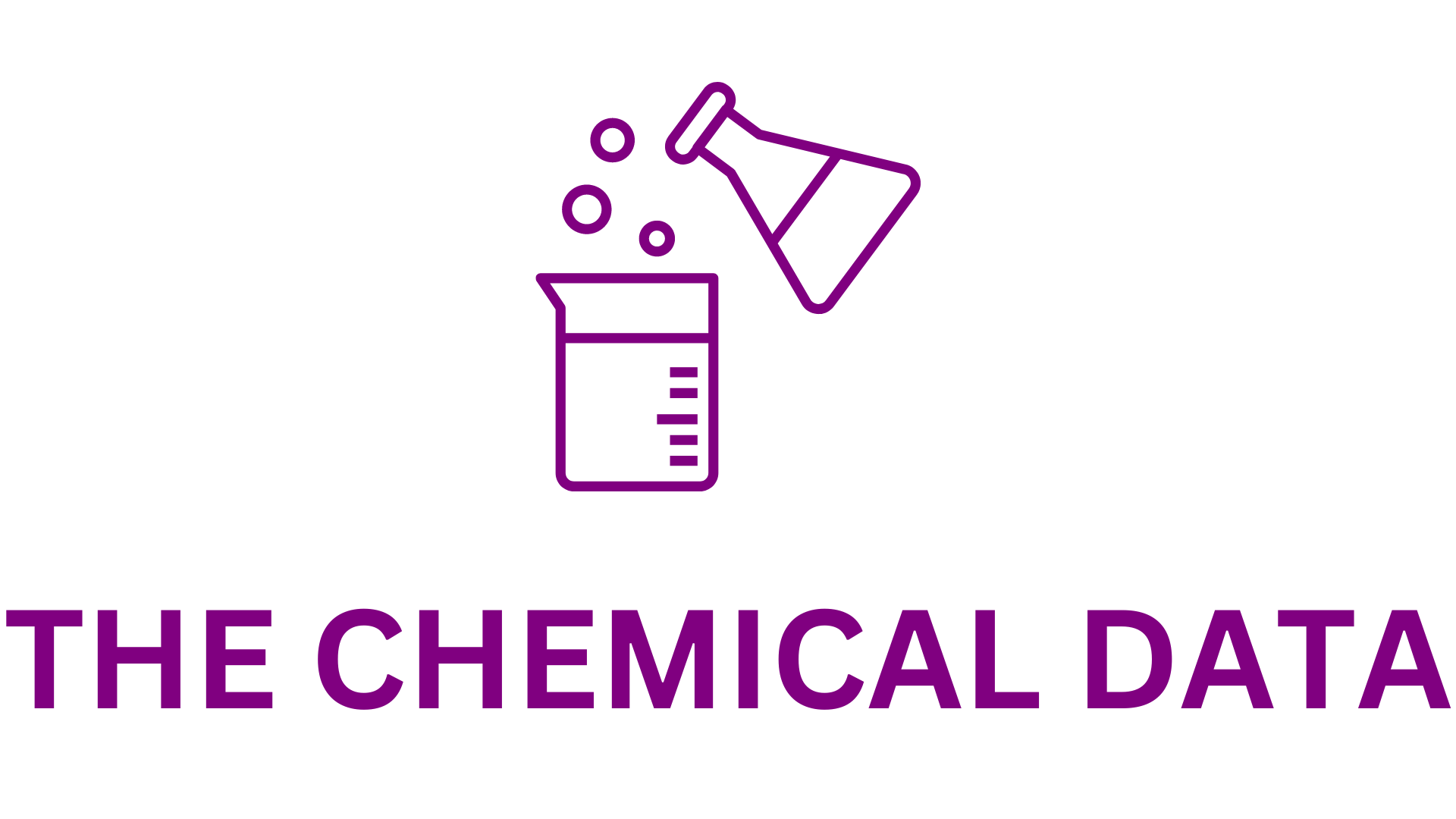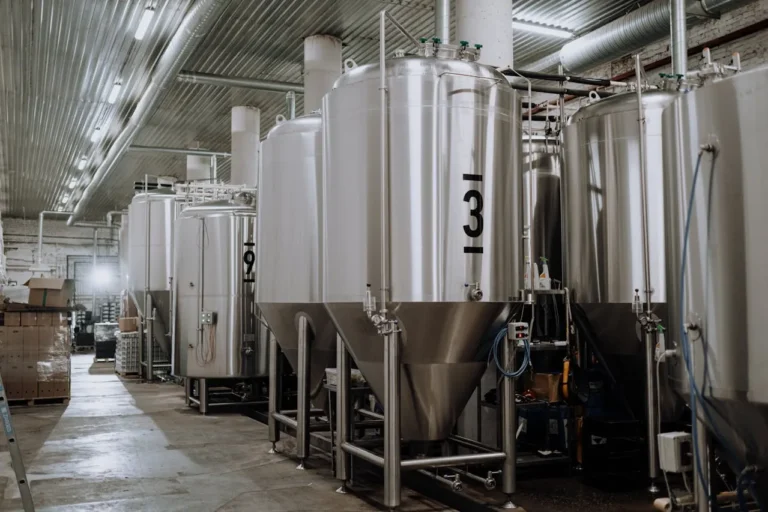
Eastman Delivers Resilient Performance in First Quarter of 2025 Amid Macroeconomic Uncertainty
Eastman Chemical Company announced its financial results for the first quarter of 2025, highlighting robust performance despite a complex and uncertain global economic environment. Mark Costa, Chair of the Board and Chief Executive Officer, emphasized the strength of the company’s innovation-driven growth model and its operational discipline in the face of market volatility.
“Eastman Leveraging our innovation-driven growth model, we delivered a strong quarter in line with expectations,” said Costa. “Against the backdrop of a highly volatile and uncertain macroeconomic environment, our teams drove sequential volume and mix improvements across most segments, partially offset by expected destocking in Fibers.”
Eastman Costa praised the organization’s focus on commercial execution, cost control, and technological progress. Notably, the Kingsport methanolysis facility delivered its best quarter to date in terms of uptime and production output—a milestone that reflects significant advancements in Eastman’s circular economy strategy.
“We focused on innovation and commercial excellence in defending the value of our products while controlling costs,” Costa continued. “We recorded our best-ever quarter of uptime and production quantities at the Kingsport methanolysis facility and remain on track for the production targets and cost benefits detailed earlier this year.”
Despite strong first-quarter performance positioning the company in alignment with its full-year guidance, global developments near the end of the quarter introduced new challenges. Escalating global trade disputes began to affect expectations for the remainder of the year.
“Although our solid first-quarter results positioned us to be in line with our original guidance, late in the quarter, the reality of a global trade dispute increased significantly. We began taking action to optimally navigate the next several quarters,” Costa noted. “Our first-quarter results, coupled with our bias for action, give me great confidence in our ability to deliver strong cash flow and resilient earnings going forward.”
Corporate Financial Overview: Q1 2025 Compared to Q1 2024
Eastman reported a 1% decrease in total sales revenue for the first quarter of 2025 compared to the same period in 2024. This slight decline was attributable to a 1% drop in sales volume/mix and unfavorable impacts from foreign currency exchange, partially offset by a 1% increase in average selling prices.
The decline in sales volume and mix was primarily driven by continued customer inventory destocking, particularly in acetate tow products within the Fibers segment. However, these effects were largely counterbalanced by growth in other business areas, especially in Additives & Functional Products and Chemical Intermediates, where higher demand and better product mix provided support.
The increase in selling prices was largely attributed to cost-pass-through contracts, which helped mitigate raw material inflation and protect margins across key product lines.
On the profitability side, earnings before interest and taxes (EBIT) showed a notable improvement. The Kingsport methanolysis facility played a crucial role, operating at peak efficiency and contributing significantly to cost optimization and environmental performance. EBIT gains were also supported by enhanced price-cost dynamics across the specialties and intermediates portfolio.
Adjusted EBIT margins improved by 170 basis points compared to the prior-year period, reflecting operational excellence, disciplined pricing strategies, and improved manufacturing efficiency.
Segment Performance Summary
Advanced Materials
Sales revenue in the Advanced Materials segment declined by 4% year-over-year. This contraction was a result of a combination of factors: a 2% decline in selling prices, a 1% drop in volume/mix, and continued pressure from foreign currency headwinds.
Price erosion was observed across the segment, driven by competitive pricing pressures and softness in some downstream industries. The decline in volume and mix stemmed from continued weakness in key end-use markets, notably automotive and construction. Despite these challenges, the specialty plastics business delivered modest growth, partially offsetting the decline.
EBIT for the segment improved, reflecting a more favorable product mix and the company’s ongoing commitment to cost management. However, foreign exchange fluctuations continued to weigh on profitability.
Additives & Functional Products
This segment experienced strong growth, with a 4% increase in sales revenue. Higher selling prices contributed 3% of that growth, while volume/mix improved by 2%. These gains were slightly tempered by currency-related headwinds.
Selling price improvements were supported by the implementation of cost-pass-through agreements, helping to maintain margin stability. On the demand side, coatings additives and specialty fluids led the charge, driving the positive volume mix.
The segment’s EBIT rose on the back of strong price-cost spreads, increased sales volumes, and improved utilization of manufacturing assets. These operational achievements underscored Eastman’s ability to respond quickly and efficiently to favorable market dynamics.
Fibers
The Fibers segment faced the most significant headwinds in the quarter. Sales revenue fell by 13%, largely driven by a 12% drop in volume/mix and a 1% decline in selling prices.
Customer destocking in acetate tow products remained a persistent challenge, as downstream inventory levels continued to normalize. Additionally, the segment was impacted by the discontinuation of a legacy product, which further reduced volume.
The drop in revenue translated into a decline in EBIT for the segment, reinforcing the need for targeted strategies to stabilize demand and optimize product offerings in future quarters.
Chemical Intermediates
Sales revenue in the Chemical Intermediates segment increased by 4% compared to Q1 2024. This included a 3% boost from higher prices and a 2% improvement in volume/mix, partially reduced by unfavorable exchange rates.
The price and volume gains reflected more favorable market conditions for select olefin-based products. These trends represented a sharp contrast to the weakness seen in the prior year, signaling improved industry fundamentals in key regions and product categories.
EBIT growth was fueled by expanded spreads in olefins and derivatives, although this was partially balanced by a shift in product mix. Nevertheless, the segment’s performance highlights its importance as a stabilizing contributor to Eastman’s broader portfolio.
Cash Flow and Capital Allocation
In Q1 2025, Eastman reported a net cash outflow from operating activities of $167 million, compared to $16 million in Q1 2024. This significant increase in cash usage was primarily the result of higher working capital requirements. Specifically, the company ramped up inventory levels ahead of a major planned maintenance shutdown in the second quarter—an action aimed at ensuring continuity and reliability of supply.
Despite the increase in cash usage, Eastman continued to return value to shareholders, distributing $96 million through dividends during the quarter. This reflects the company’s ongoing commitment to shareholder returns, even amid increased capital demands.
Eastman reaffirmed its strategic priorities for the deployment of available cash throughout 2025. These include:
- Capital Expenditures: Continued investments in high-return projects and innovation infrastructure, particularly related to sustainability and circular economy initiatives.
- Dividend Payments: Maintaining a reliable and growing dividend to reflect the strength and stability of the business model.
- Share Repurchases: Opportunistic repurchasing of shares to enhance shareholder value when market conditions are favorable.
Strategic Outlook and Positioning for the Future
As the company looks ahead to the rest of 2025, it does so with cautious optimism. The recent escalation of global trade tensions has introduced new variables into the macroeconomic landscape, and Eastman has already begun implementing contingency measures to navigate these developments effectively.
The strong start to the year provides a solid foundation, and the company’s proactive stance—combined with its agility, focus on innovation, and operational resilience—positions it well to manage both opportunities and challenges.
Eastman’s leadership emphasized the company’s ongoing efforts to:
- Advance Sustainability Goals: With the Kingsport methanolysis facility achieving record performance, Eastman is accelerating its leadership in molecular recycling and the broader circular economy.
- Enhance Product Value: Continued focus on specialty innovations that command premium pricing and serve growing markets such as sustainable packaging, electronics, and advanced transportation.
- Drive Operational Efficiency: Lean manufacturing, uptime improvements, and cost containment remain core pillars of the strategy.







